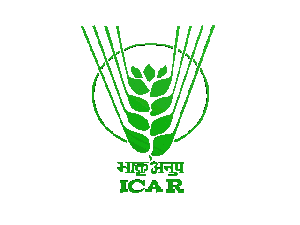| |
|
|
| |
About
the Project >>
Introduction |
|
| |
|
|
| |
Lac-insects are the crowning glory of India's rich insect fauna.
Of the nine genera and 99 species of lac-insects reported from all
over the world, two genera and 26 species are found in our
country, representing 26.3% of the known lac-insect species
diversity. These insects are exploited for their products of
commerce viz., resin, dye and wax. Indian lac insect, Kerria lacca
is the most exploited lac insect, K. chinensis and K. sharda are
two other important lac producing insects. Lac insects are known
to feed & breed on more than 400 plant species. India is
privileged in being the largest producer of the lac in the world. |
|
| |
|
|
| |
Lac insect genetic
resources in the country exist in the form of a vast array of
populations which have evolved and adapted over many centuries, to
the range of environmental conditions encountered throughout the
country resulting in several breeds, types and strains, each with
their own genetic make-up, and each adapted to its own specific
niche. |
 |
|
| |
|
|
| |
The future
improvement and development of lac insect is dependent upon the
availability of this genetic variation, which is its principal
resource. The lac insect genetic resources available throughout
the country are under threat due to the disappearance of a
substantial number of local populations, with the consequent loss
of their inherent genetic adaptation to their local environments. |
|
| |
|
|
| |
 |
Particular
concern has been growing with respect to the speed at which
uncharacterized breeds are disappearing in some regions where
climatic, parasitic or disease pressures could have produced
important genetically adapted breeds. Unimproved indigenous
landrace stocks contain genetic variations, which often
include resistance to such parasites. The potential and actual
use of these genes for resistance, for incorporation into the
production stocks need to be realized. |
| |
| Conservation is
of particular concern in regions of rapid agricultural change,
where indigenous stocks and farming methods are being
replaced. Areas where climatic extremes or particular
parasitic conditions have resulted in genetically modified and
unique local stocks should be a high priority. Such
conservation efforts are particularly important in the light
of predicted global climate change, and the ability of
microbial and insect parasites to evolve and adapt to modern
chemical control methods. |
|
|
| |
|
|
|
| |
QUICK LINKS |
|
|
| |
Contact Us |
Contact
Network Centres |
|
Role of
Network Centres |
Email
address |
|
Copyright @ 2014 Indian
Institute of Natural Resins & Gums (ICAR), Ranchi - 834 010, INDIA |
|



